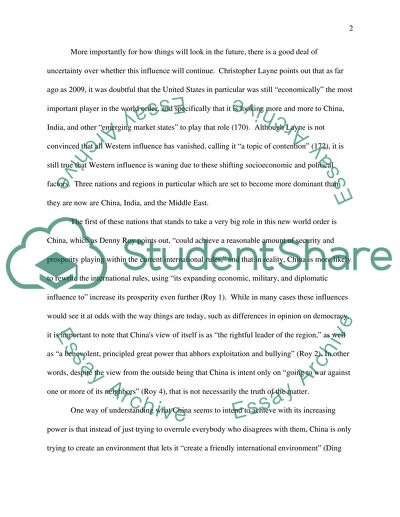Cite this document
(Future World Powers: China, India, and the Middle East Literature review, n.d.)
Future World Powers: China, India, and the Middle East Literature review. Retrieved from https://studentshare.org/politics/1688497-china-india-and-islam-the-next-20-years
Future World Powers: China, India, and the Middle East Literature review. Retrieved from https://studentshare.org/politics/1688497-china-india-and-islam-the-next-20-years
(Future World Powers: China, India, and the Middle East Literature Review)
Future World Powers: China, India, and the Middle East Literature Review. https://studentshare.org/politics/1688497-china-india-and-islam-the-next-20-years.
Future World Powers: China, India, and the Middle East Literature Review. https://studentshare.org/politics/1688497-china-india-and-islam-the-next-20-years.
“Future World Powers: China, India, and the Middle East Literature Review”, n.d. https://studentshare.org/politics/1688497-china-india-and-islam-the-next-20-years.


